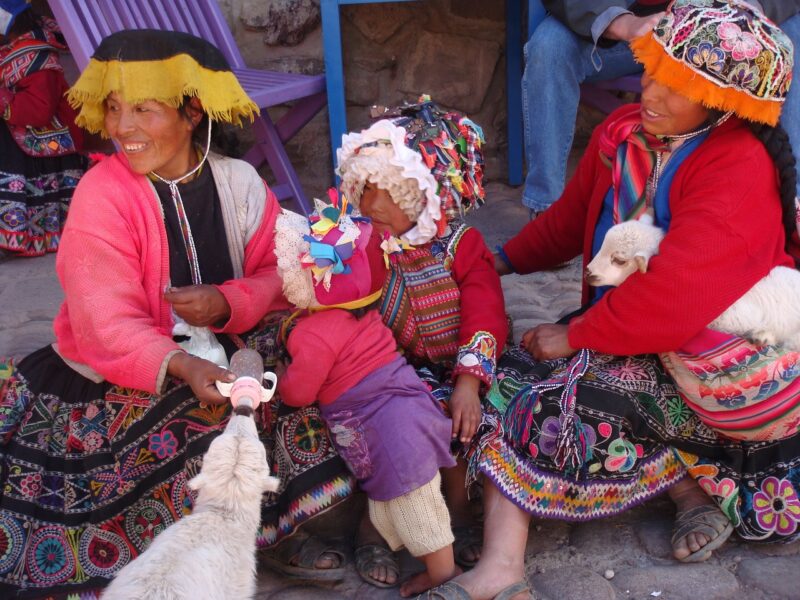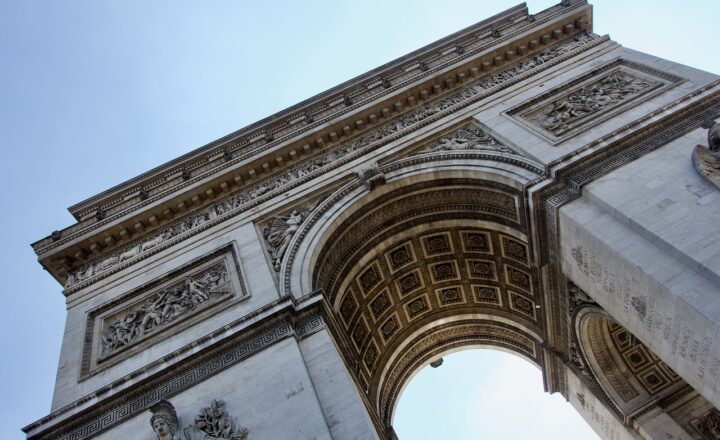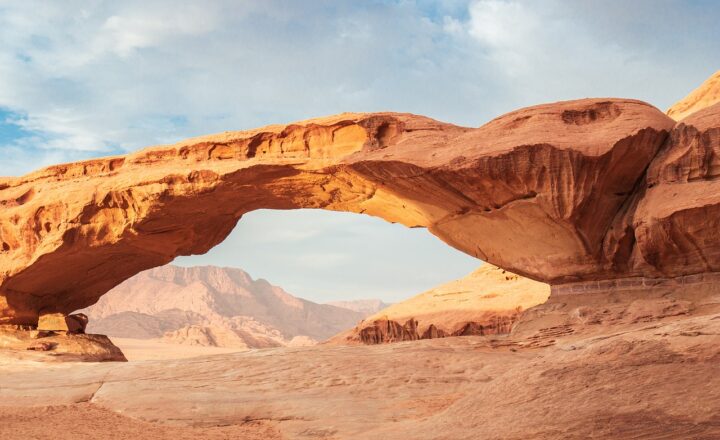
The Sacred Valley of the Incas is an enchanting moment frozen in time, a destination flooded with rich history, breathtaking landscapes, and the vibrant culture of its people. While Machu Picchu often steals the spotlight, the Sacred Valley itself is a treasure trove of adventure waiting to be uncovered. This guide will take you on a journey through this remarkable region, highlighting its hidden gems and offering insights into how you can make the most of your visit.
1. Introduction to the Sacred Valley
Nestled between the towering Andes mountains and the Urubamba River, the Sacred Valley stretches approximately 60 kilometers from Pisac to Ollantaytambo. Known as ‘Wilka Kuski’ in Quechua, meaning “the sacred place,” it was once a crucial hub for the Incas due to its fertile land and important agricultural significance. Today, it serves as both a historical centerpiece and a gateway to the iconic Machu Picchu.
The Sacred Valley features ancient ruins, traditional markets, and colorful festivals, each telling the story of a culture that continues to thrive. You’ll find local artisans, staple foods, and echoing traditions, providing a stark contrast to modern life.
2. Getting There: How to Access the Sacred Valley
The Sacred Valley is easily accessible from Cusco, the ancient capital of the Inca Empire. Visitors can choose between various modes of transport:
- By Bus: Regular buses depart from Cusco to destinations within the valley, such as Pisac and Ollantaytambo. The ride offers scenic views along the way, making it a cost-effective option.
- Private Transport: Hiring a private vehicle or taxi is a great way to explore at your own pace, particularly for groups or families who want the convenience of tailored itineraries.
- Biking or Hiking: For the more adventurous, biking and trekking between towns and through stunning landscapes offer a truly immersive experience of the valley’s beauty.
3. Must-Visit Sites in the Sacred Valley
While Machu Picchu is undoubtedly the draw for many travelers, several sites in the Sacred Valley deserve equal attention:
3.1. Pisac
Famed for its extensive archaeological site, Pisac offers impressive terraced fields and sweeping views of the valley. The Pisac Market, held every Sunday, is vibrant with local crafts, textiles, and traditional foods, making it a perfect foraging ground for visitors.
3.2. Ollantaytambo
Home to another stunning Incan fortress, Ollantaytambo is known for its well-preserved ruins and charming cobblestone streets. This site features impressive stonework and was once a royal estate. Spend some time exploring the town itself, which is one of the best-preserved Incan cities still inhabited today.
3.3. Moray
An intriguing agricultural site featuring circular terraced depressions, Moray was believed to be used for agricultural experiments by the Incas to create varied microclimates. The terraces offer an insight into the Incan innovation in farming.
3.4. Maras Salt Mines
Nearby Moray is Maras, famous for its salt evaporation ponds. These terraces, owned by families for generations, create a striking landscape scene. Visitors can walk through the ponds and learn about traditional salt extraction processes that have been used for centuries.
3.5. Chinchero
Known for its stunning landscapes and weaving traditions, Chinchero hosts an impressive market and offers workshops with local artisans. It’s a quieter destination that offers insights into local customs and crafts, making it an essential stop on your journey.
4. Cultural Experiences in the Sacred Valley
The Sacred Valley is alive with culture:
- Traditional Weaving Workshops: Participate in workshops in Chinchero or other small towns to learn about the ancient techniques and create your own textile.
- Local Festivals: Depending on the season, visitors may experience local festivals such as Inti Raymi, the Festival of the Sun, which plays an essential role in preserving cultural identity and traditions.
- Gastronomic Delights: Sample traditional Peruvian dishes from local restaurants. Street food is also an experience—don’t forget to taste the famous cuy (guinea pig) or the hearty dish of pachamanca, which involves cooking meat and vegetables in an underground oven.
5. Tips for Visiting the Sacred Valley
To make the most of your visit:
- Altitude Awareness: The Sacred Valley is at a high altitude, so be sure to acclimatize and stay hydrated to avoid altitude sickness. Many visitors find that spending a day in Cusco can help their body adjust before exploring the valley.
- Dress Appropriately: Weather can vary significantly from day to night, so dress in layers and bring comfortable footwear for exploring the ruins and markets.
- Local Customs: Embrace local customs and traditions. Always ask permission before taking photos of the local people, and try to learn a few basic Quechua or Spanish phrases to enhance your interactions.
6. Conclusion: Embrace the Magic of the Sacred Valley
The Sacred Valley is so much more than a pathway to Machu Picchu. It is a land brimming with life, history, and culture, full of secrets waiting to be explored. Whether you’re hiking, shopping for local crafts, or savoring traditional dishes, the experience will stay with you long after you leave its shores.
Take the time to immerse yourself in the energy of this remarkable place—the Sacred Valley of the Incas invites you to discover its beauty beyond the tourist trail.








